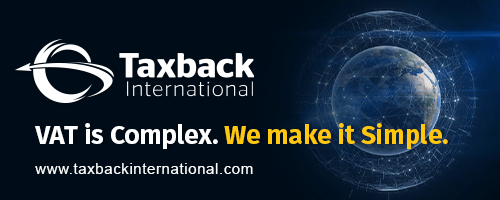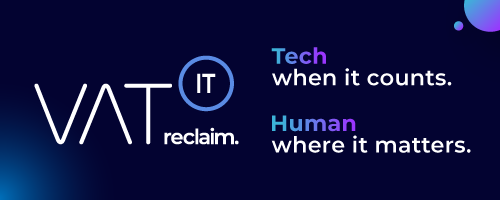The key points regarding VAT and indirect tax aspects:
1. Slowing pace of VAT relief measures:
– The pace of VAT cuts and base narrowing measures, especially on energy products, is slowing down.
– Some jurisdictions are scaling back VAT relief measures that were previously implemented in response to rising energy costs and inflation.
2. Extension of temporary VAT reductions:
– A large number of jurisdictions extended or expanded temporarily reduced VAT rates on energy products.
– These measures were used to provide immediate impact on household budgets.
3. VAT measures to encourage low-carbon transition:
– There’s a notable trend of using the VAT system to encourage the transition to lower-carbon economies.
– Examples include reduced rates for electric vehicles and zero rates for solar panels.
4. VAT rate increases:
– In contrast to previous years, six jurisdictions increased their standard VAT rate.
5. Health-related excise taxes:
– Several high and upper-middle-income countries have intensified their health-related excise taxes.
– These taxes target products like tobacco, alcoholic beverages, sugar-sweetened beverages (SSBs), and gambling.
– The aim is to raise revenues and promote public health by discouraging consumption of certain products or activities.
6. Energy-related tax reductions:
– Many jurisdictions continued to reduce taxes on energy use in response to cost-of-living pressures.
– This trend initially emerged in 2022.
7. Shift towards targeted measures:
– As 2023 progressed, policymakers aimed to move from broad support measures to more targeted policy responses.
– This shift was due to rising fiscal costs and the potential to undermine environmental incentives.
8. Approach in high-income countries:
– High-income countries generally opted for support measures that reduced excise tax rates only.
– They avoided adjusting their carbon tax rates.
Overall, the report indicates a complex balancing act in indirect tax policy, with governments navigating between providing relief for cost-of-living pressures, raising revenues, and maintaining environmental and health-related tax incentives.
Source: oecd.org
Note that this post was (partially) written with the help of AI. It is always useful to review the original source material, and where needed to obtain (local) advice from a specialist.















